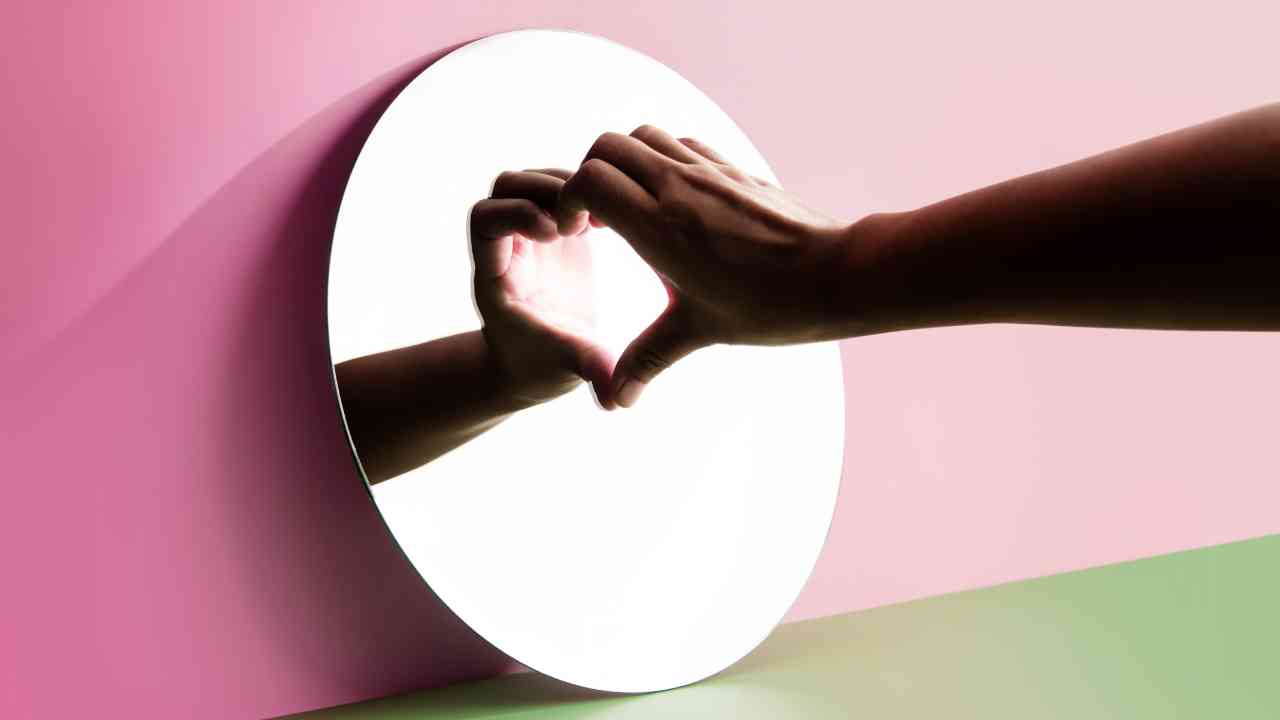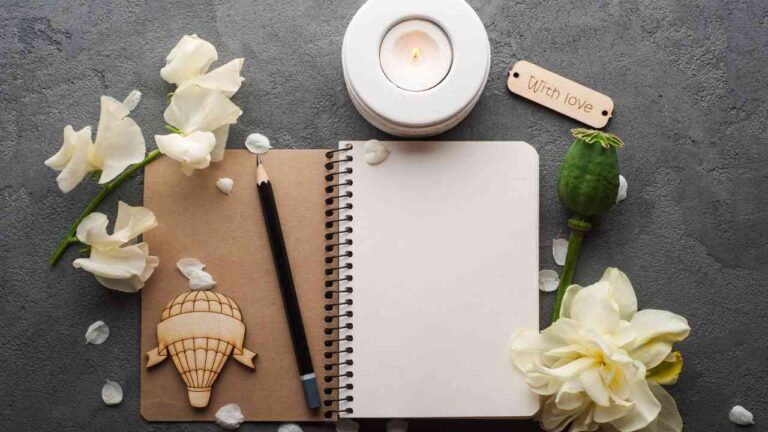A Surprising Fact
Did you know that in the United States, the number of people practicing mindfulness has increased more than 600% in the last decade? Back in 2012, only about 1.9% of adults said they meditated regularly. Today, nearly 14.2% of Americans practice mindfulness in some form (NCCIH).
That’s an incredible shift. But here’s what’s even more surprising: most people still overlook one of the simplest mindfulness techniques available—one that requires no apps, no teacher, no complicated training. All you need is yourself and a mirror.
This practice is called Mirror Mindfulness, and it can help you find calm in seconds.
What Is Mirror Mindfulness?
At its core, Mirror Mindfulness is a self-compassion exercise. You sit or stand in front of a mirror, breathe gently, and simply observe yourself without judgment.
Instead of criticizing your reflection, you practice noticing. Instead of rushing through your day, you pause to breathe. You allow the mirror to become a gateway into awareness, helping you connect with yourself in the present moment.
Many people describe it as a mix between traditional meditation and a self-kindness ritual. While regular meditation often asks you to close your eyes, mirror mindfulness invites you to keep them open—gazing softly at yourself, face to face.
It may feel unusual at first, but with practice, the mirror shifts from being just a reflection of appearance to being a reflection of inner calm.
Why Does It Work?
The power of Mirror Mindfulness lies in its simplicity and science.
- Slows mental chatter – Looking at yourself while focusing on breath gives the mind a single anchor, reducing racing thoughts.
- Increases self-compassion – Instead of self-criticism, you learn to treat yourself with the same kindness you’d give to a friend.
- Enhances presence – The mirror creates an immediate sense of “here and now,” pulling your focus away from distractions.
- Calms the nervous system – Breathing slowly while observing yourself helps activate the parasympathetic nervous system, your body’s natural relaxation switch.
Psychologist Dr. Tara Well, who developed structured mirror meditation practices, explains:
“When people sit quietly and gaze at themselves in the mirror, they often become more aware of their emotions and learn to accept themselves with compassion.” (MirrorMeditation.com).
This is why many describe mirror mindfulness as not only a tool for calm but also a tool for emotional healing.
How the Brain Responds
Modern neuroscience supports what practitioners feel. When you practice mindfulness—even for just a few minutes—your brain begins to rewire itself.
- Amygdala activity decreases → This is the brain’s fear and stress center. Lower activity means less anxiety and more calm.
- Prefrontal cortex strengthens → This area controls decision-making and focus. Stronger activity here means more clarity and better self-control.
- Insula activation increases → This region processes emotions and empathy. Stronger signals here help you understand and care for yourself better.
A 2021 study published in Frontiers in Psychology confirmed that even short mindfulness practices—lasting only a few minutes—can noticeably reduce stress and improve emotional resilience (Frontiers in Psychology).
When you add the mirror to the equation, the practice becomes even more personal. You are not just mindful of your breath—you are mindful of yourself as a whole human being.
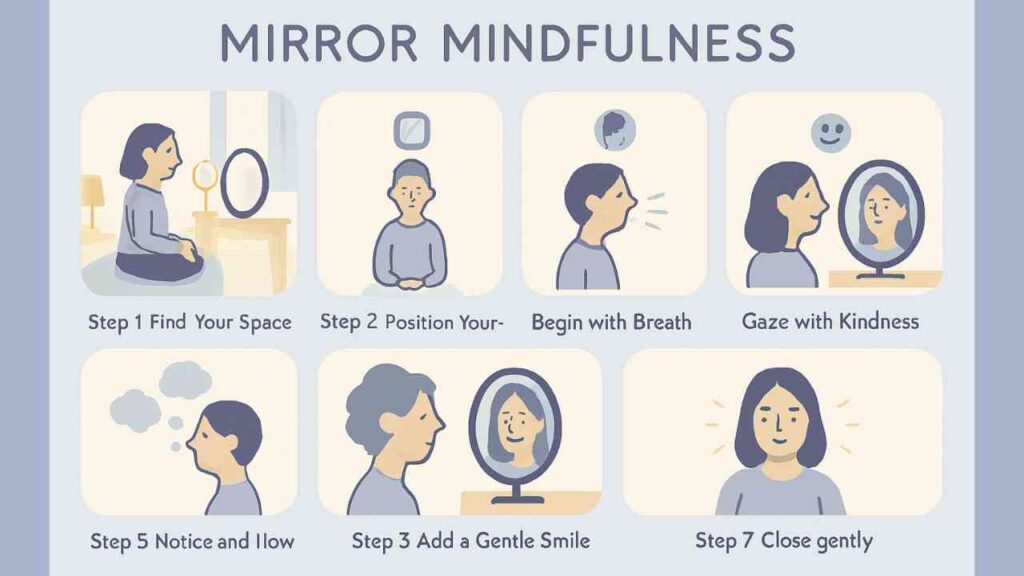
How to Practice Mirror Mindfulness (7 Steps)
Practicing Mirror Mindfulness doesn’t require special tools or long hours. All you need is a mirror and a few minutes of quiet presence. Follow these simple steps:-
- Step 1 – Find Your Space: Choose a quiet place with a mirror. It could be your bathroom, bedroom, or even a hand mirror at your desk. The key is privacy and comfort.
- Step 2 – Position Yourself: Sit or stand so that your eyes meet your reflection. Keep your posture relaxed but upright. Rest your hands on your lap or by your side.
- Step 3 – Begin with Breath: Take a deep breath in through your nose for a count of three. Hold it for just a second, then exhale slowly through your mouth for another count of three. Repeat this rhythm until you feel your shoulders soften.
- Step 4 – Gaze with Kindness: Look gently into your own eyes. Don’t search for flaws or focus on appearance. Simply see yourself as you are—a living, breathing person who deserves peace.
- Step 5 – Notice and Allow: As thoughts or emotions arise, notice them without judgment. Maybe you feel calm. Maybe you feel restless. Both are okay. Allow the moment to simply be.
- Step 6 – Add a Gentle Smile: If it feels natural, allow a soft smile to appear. This signals kindness and activates positive emotional responses in the brain.
- Step 7 – Close Gently: After a few minutes, take one last deep breath. Thank yourself for showing up. Close your eyes or look away softly, carrying the calm with you.
🌱 Table: Practice at a Glance
| Step | What to Do | Why It Helps |
| 1 | Find a quiet space with a mirror | Creates focus and calm environment |
| 2 | Sit/stand with eyes meeting reflection | Builds presence and self-awareness |
| 3 | Breathe slow (in 3, out 3) | Activates relaxation response |
| 4 | Gaze gently without judgment | Encourages compassion and presence |
| 5 | Notice thoughts and emotions | Strengthens emotional resilience |
| 6 | Add a gentle smile | Boosts positive mood |
| 7 | Close with gratitude | Makes calm last beyond the session |
Benefits of Mirror Mindfulness
One of the most powerful things about Mirror Mindfulness is that its benefits are both felt immediately and proven by science. Here are a few more benefits with details:-
1. Stress Relief in Seconds
Studies show that even five minutes of mirror mindfulness can significantly lower stress hormones like cortisol. In fact, a 2024 study found that short, self-guided mindfulness sessions reduced stress more effectively than reading or other distractions (Springer Nature).
With mirror mindfulness, you combine breathing with direct self-connection, which makes the calm deeper and faster. Many practitioners say they feel their heart rate slow down almost instantly.
2. Reducing Anxiety and Worry
Mirror gazing can reduce the loop of anxious self-talk. Instead of feeding thoughts like “I’m not good enough”, the mirror becomes a tool for reframing self-perception.
- Research shows that mindfulness practices lower anxiety levels significantly.
- The mirror adds a layer of self-recognition, which helps break cycles of negative self-image.
A peaceful moment of looking at yourself without judgment teaches the brain a new message: “I am safe. I am okay.”
3. Better Sleep and Rest
Mindfulness has long been linked to improved sleep quality. A study published by Verywell Mind showed that mindfulness practices help kids sleep better, and adults report similar results (VerywellMind).
When you practice Mirror Mindfulness at night, the slow breathing and gentle gaze help quiet racing thoughts, making it easier to drift into sleep peacefully.
4. Boosting Self-Compassion and Confidence
So many people struggle with harsh self-talk. But research shows that mirror meditation increases self-compassion, emotional resilience, and confidence.
Psychologist Dr. Tara Well explains that students who practiced daily mirror meditation reported:
- Better stress management
- More compassion toward themselves
- Less harsh self-criticism (Mirror Meditation Research)
Confidence grows naturally when you stop seeing the mirror as a critic and start seeing it as a friend.
5. Supporting Long-Term Brain Health
Beyond emotional benefits, mindfulness is known to actually change the structure of the brain.
- The hippocampus, linked to memory and learning, becomes stronger.
- The prefrontal cortex, linked to focus, thickens.
- The amygdala, linked to stress and fear, shrinks.
Over time, this means a calmer mind, better focus, and deeper resilience (Wikipedia: Mindfulness)
When paired with mirror practice, you’re not just strengthening your brain—you’re also changing your relationship with yourself.
🌱 Table: Quick Benefits of Mirror Mindfulness
| Benefit | Result You Feel |
| Stress relief | Calmness within seconds |
| Less anxiety | Peaceful, steady emotions |
| Better sleep | Easier to fall and stay asleep |
| More self-confidence | Kinder view of self |
| Emotional balance | Respond vs. react |
| Long-term brain health | Sharper focus, stronger resilience |
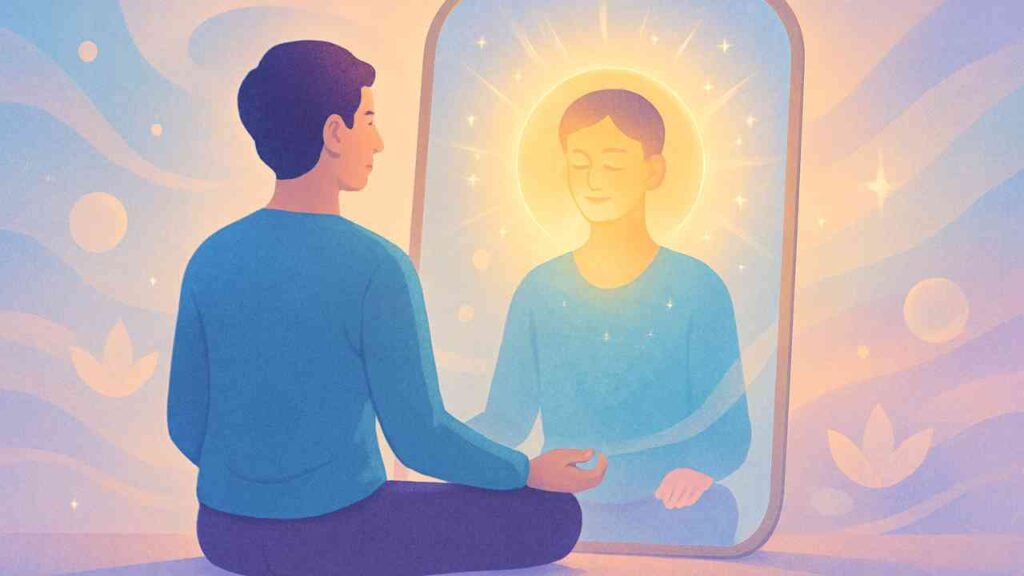
👨🔬 What Experts Say About Mirror Mindfulness
Sometimes the simplest practices carry the deepest truths. Experts in psychology, neuroscience, and mindfulness have studied and confirmed the power of Mirror Mindfulness and related techniques. Here are some insights to inspire you:
“Mindfulness isn’t about emptying the mind; it is about being fully immersed in the present moment.” — Neuroscientist TJ Power (The Guardian)
This reminder teaches us that you don’t need to escape thoughts—you only need to be present with them.
“We found that short, self-administered mindfulness exercises can reduce immediate stress in measurable ways.” — Jiga-Boy & Sparacio, 2024 Study (Springer Nature)
Science confirms what many feel after just a few minutes of practice: peace begins quickly.
“Mirror Meditation students who looked at themselves daily reported better stress management and more compassion.” — Tara Well, PhD (MirrorMeditation.com)
Her research shows that self-kindness grows when we face ourselves with patience and presence.
“Looking in the mirror with mindfulness is not narcissism. It is a way to build compassion, resilience, and awareness.” — Mirror Gazing Expert (Mindful.org)
This statement breaks the myth that mirrors are for appearance only. They can be portals to self-discovery.
“Mindfulness may lower blood pressure by calming the nervous system through breath and attention.” — TJ Power (The Guardian)
Practical Use in Daily Life
The beauty of Mirror Mindfulness is its flexibility. You can use it:
- Morning → to start the day with calm and focus.
- Midday → to reset during stress at work or school.
- Evening → to let go of the day’s weight and prepare for restful sleep.
Even a 60-second pause in front of a mirror can shift your energy.
🌱 Table: When to Use Mirror Mindfulness
| Time of Day | How to Practice | Benefit You Gain |
| Morning | 2–5 minutes of gentle mirror breathing | Calm start, positive mindset |
| Midday | 1–3 minutes between tasks | Stress reset, mental clarity |
| Evening | 5–10 minutes before bed | Emotional release, better sleep |
| Stress Moments | 60-second pause with deep breaths | Instant grounding, quick relief |
BuySmart Choices to Reduce Stress
Here’s where you can introduce three carefully chosen products from BuySmart that support mindfulness, meditation, or stress relief. For example, you could showcase:-
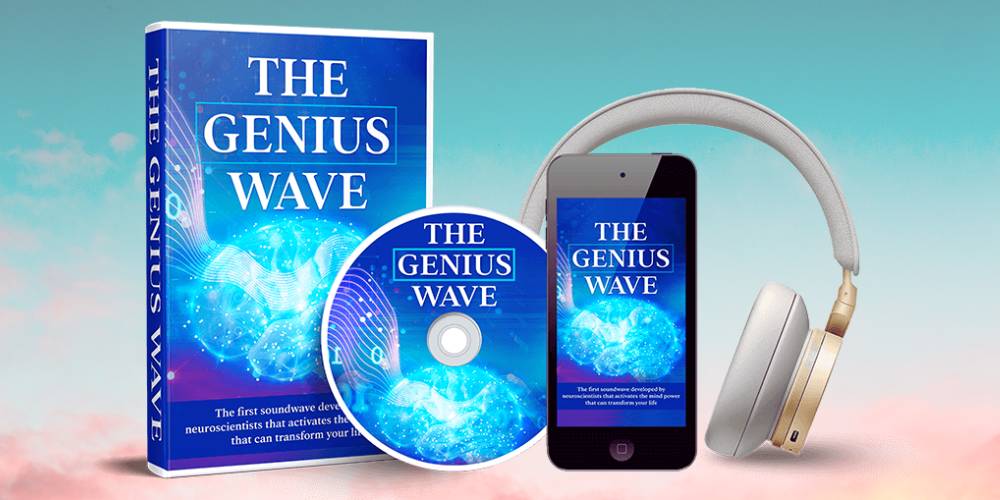
🎧 The Genius Wave
The Genius Wave Program is a brainwave entrainment solution designed to enhance creativity, focus, and cognitive function. Created by neuroscience experts, it uses sound frequencies to stimulate the brain, improving memory, problem-solving skills, and mental clarity. The easy-to-use audio track is available for immediate download, offering quick benefits for students, professionals, and creatives.

✨ The Language of Abundance
The Language of Abundance is a powerful, science-backed program designed to help you manifest your dreams. Created by Stanley Dawejko, it focuses on transforming negative thoughts and language into tools for success. With easy-to-follow sessions, practical exercises, and valuable bonuses, it offers a complete package for personal growth. The program is accessible to everyone and fits seamlessly into busy lifestyles.
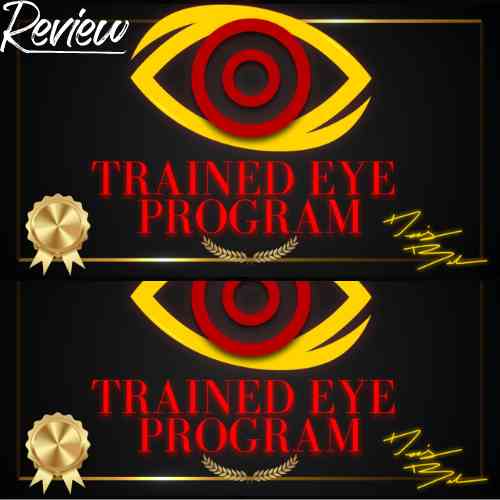
💡 The Trained Eye Program
The Trained Eye Program is a comprehensive personal growth and success course designed to help you master key life areas, including wealth, relationships, and confidence. Its structured modules cover actionable strategies to build a powerful personal brand, attract meaningful connections, and use modern tools like AI to simplify tasks and create income streams.
Tools and Props to Support Mirror Mindfulness
While a mirror is all you need, certain tools can make the practice richer and more enjoyable.
- Candles or Soft Lighting: Creates a soothing atmosphere.
- Essential Oils: Lavender or chamomile can help deepen relaxation.
- Journal: Write down what you noticed or felt after each session.
- Mantras or Quotes: Place sticky notes around your mirror with inspiring phrases.
These simple props transform a quick mindfulness session into a nurturing ritual.
Frequently Asked Ques (FAQs)
Even 2–5 minutes a day can make a difference. Beginners often start small, while seasoned practitioners enjoy 10–15 minutes. What matters most is consistency, not duration.
No. Any mirror works: bathroom, vanity, handheld, or even your phone camera. What matters is how you use it—with patience and kindness.
Yes, it might. Many people feel self-conscious the first time they try Mirror Mindfulness. With practice, discomfort fades, and a gentle calm takes its place.
Absolutely. In fact, studies show that children who practice mindfulness sleep better and handle emotions more calmly
